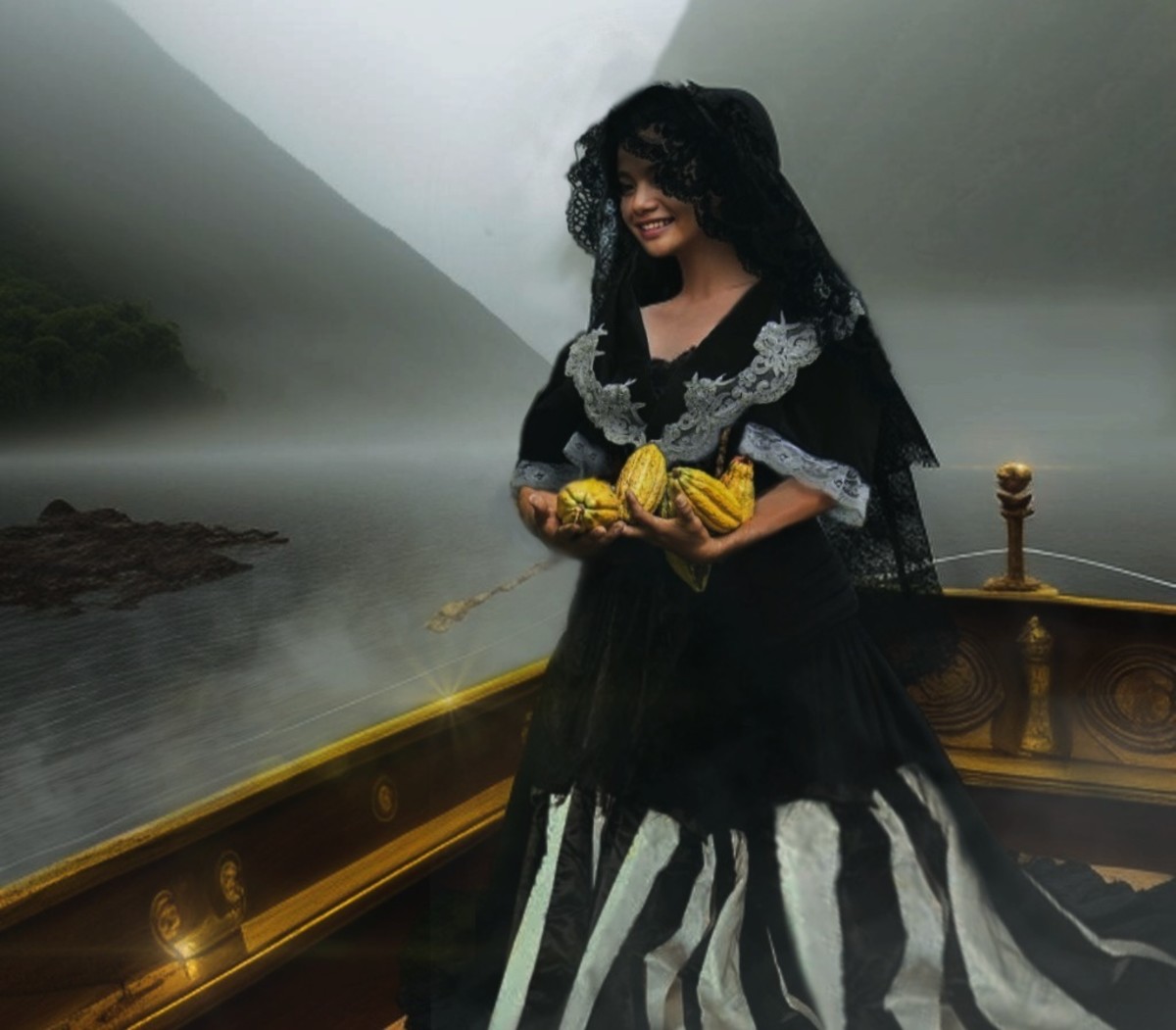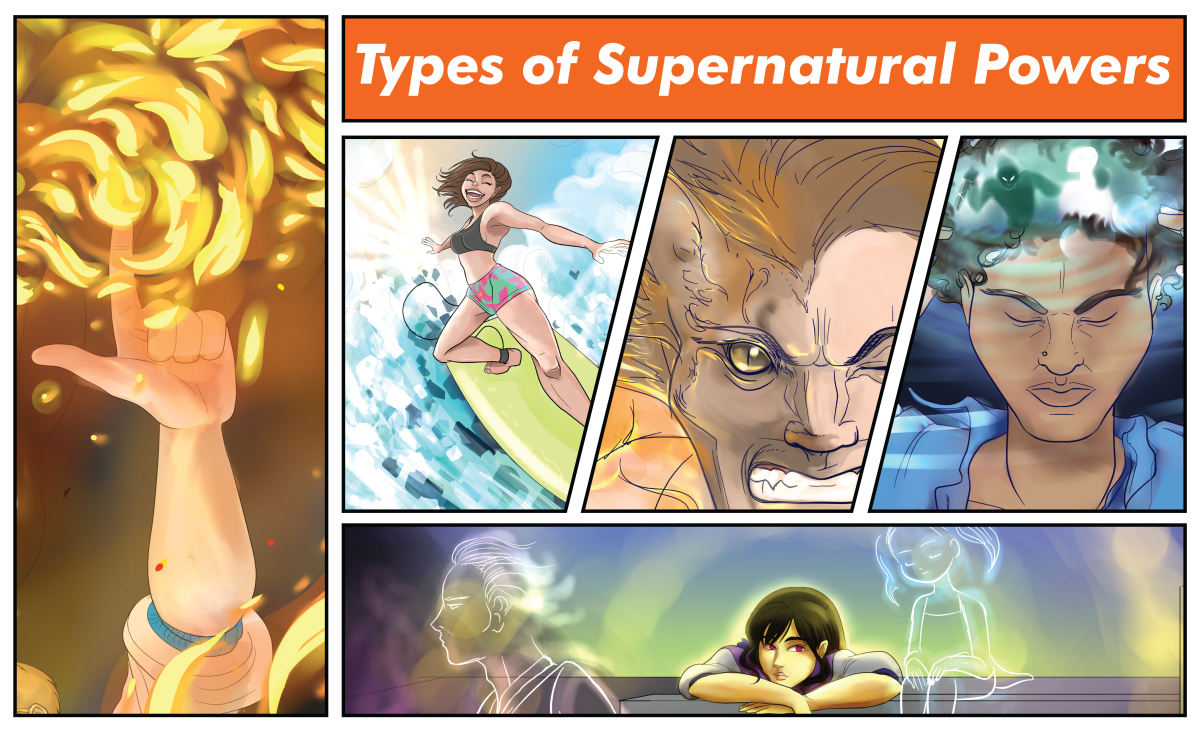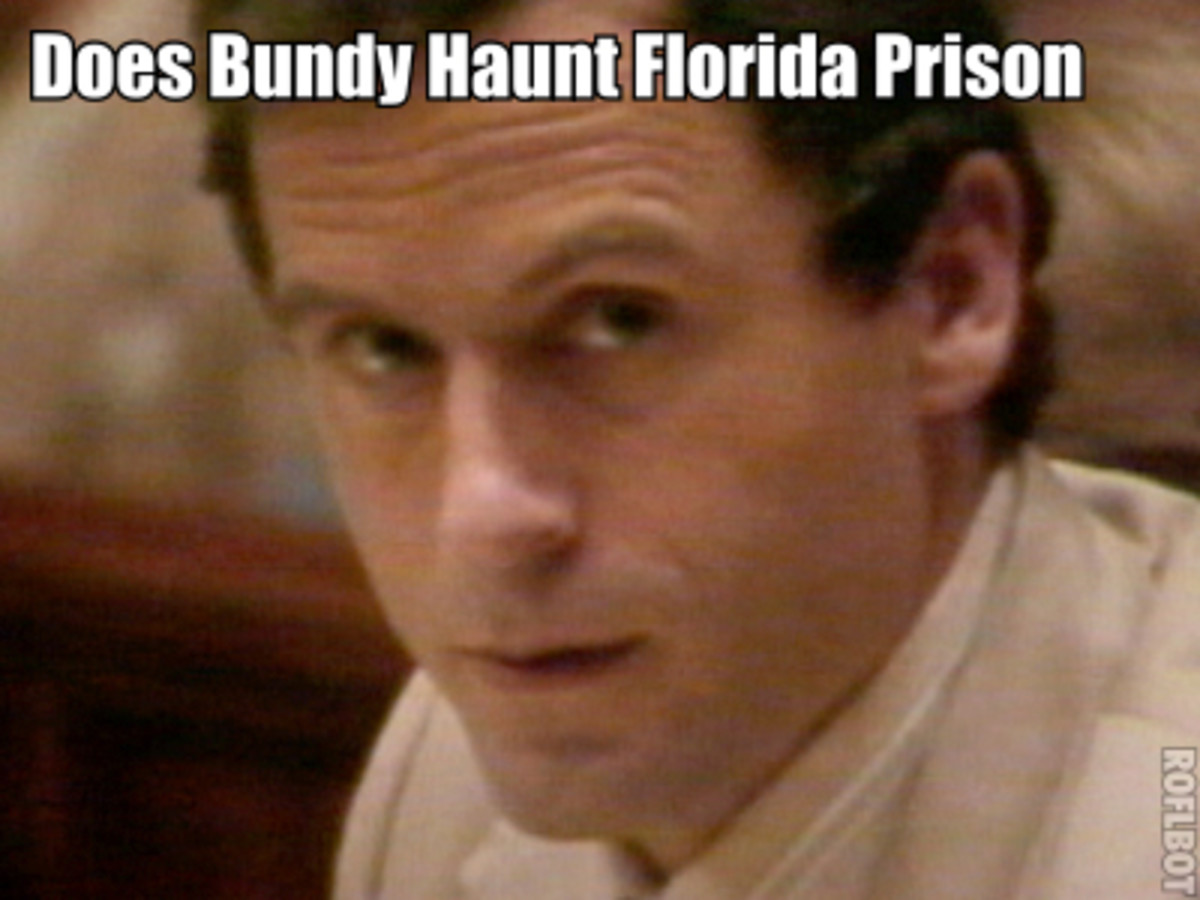The Extended Mind, Time Slips, Spirit communications and Akashic Records
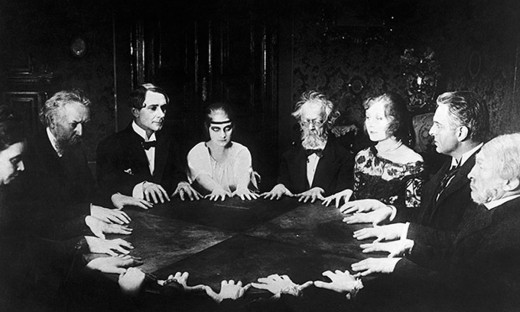
Christians expect, or should expect that, after death they will arrive at the pearly gates of heaven and St Peter will have a book in which all the events of their life will be recorded in toe curling detail while occultists believe in the Akashic Records which contain all knowledge of the future and the past. If such a record, which can be likened to an image bank, existed it would explain those times when someone shows awareness of something they could not have accessed through normal channels, or which could not have been known to any living person [1].
Here such an image bank, which would be more like complete Virtual Reality, will be considered to exist, though the evidence for it is at best anecdotal and the mechanism by which it is accessed is unclear.
The Extended Mind Hypothesis [2] is that the (material) vehicles of cognition can be spread across Brain, Body and some (physical) aspects of the environment itself. It is possible that the Image Bank is a non-physical environmental aspect, but since it has to affect the brain, it is to that extent physical and would be an example of an extended universal mind.
It is not clear whether all a person's memories are stored in the brain and we do not know how much information the human memory can store. It is logical to suppose that we have a personal memory store, perhaps augmented by Jung's Collective Unconscious. The Image Bank is an additional and not implausible hypothesis
Reasons to take the Image Bank Seriously
-
It gives an explanation for cases where information is obtained that could have been obtained neither by normal sensory channels nor by ESP.
-
It gives a straightforward explanation for the experience known as a Time slip where someone apparently experiences en event at an earlier time, for example the two ladies in 1901 who, while visiting the Palace of Versailles seem to have been transported, if only as observers, to the 18th Century where they saw members of the Aristocracy at play, perhaps including Marie Antoinette. Being transported back as an observer is consistent with the notion that even if time travel is possible past events cannot be changed [3], but the Image bank Hypothesis avoids the need for a temporal censorship hypothesis.
-
It may provide an explanation for the fact that the communicants in spiritualist seances rarely if ever provide information about anything that happened since their physical death[4] - the medium may be accessing the image bank and unconsciously creating a simulation of the deceased that does not have any information about what happened after their death. Alternatively the deceased my not have access to the Image Bank after the time of their death.
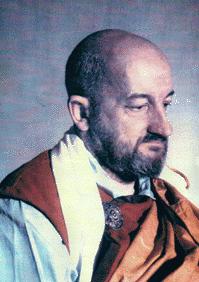
The image bank and the Extended Mind Hypothesis
If the Image Bank is considered as a kind of database accessible to any human being then it can be considered as an environmental aspect that serves as a vehicle for cognition in the way that a notebook or personal organiser can be considered as part of the memory of its user.
The Image Bank differs from a notebook or personal organiser in that a notebook or personal organiser conveys its information by means of some form of convention, either shared as in spoken or written language or a well defined iconography, such as road signs, or private when the user of a notebook invents their own symbol to represent a concept or phrase.
Time slips differ from looking up a notebook in that the experience tends to be totally immersive. The experiencer seems to them to be in a different reality, somewhat like an enhanced form of virtual reality.
Communications in seances seem like creating a constructed person using information from the Image Bank and presenting this to the enquirer dressed up as a departed person. This can be compared to giving a skilled actor and impressionist details of someone's life and requesting they create a convincing impersonation of that person.
One other phenomenon that might support an extended mind hypothesis well beyond that which Clark [2] might endorse is the still controversial case of Transplant Memories [7] where the recipient of an organ undergoes personality changes and sometimes memories, in the form of dreams, that parallel those of the donor. One possible mechanism for this is Cell Memory, where the behaviours and emotions acquired by the recipient from the original donor are due to the combinatorial memories stored in the neurons of the organ donated. The Image Bank Hypothesis might also explain the dreams that parallel the donor's experiences and provide an alternative to Cell Memory.
Problems with the image bank hypothesis
-
The image bank may not represent the state of the universe at any instant of time with perfect accuracy. If it did it would BE the universe at that instant and would imply the past and future of the universe is fixed. Goodbye free will.
-
It seems likely that the Image Bank would have to be accessed by some form of ESP, itself a controversial phenomenon.
-
If the Image Bank faithfully captures the state of the universe at each instant then accessing it would be a form of Time Travel, which again may not be possible, though the fact that travellers could only observe would eliminate a lot of paradoxes.
-
How did the Image Bank arise? Since it would be useless without users for whom was it made?
-
Jason Colavito [8] shows that the Concept of the Akashic Records arose in the late 19th Century.
The Wrap
The notion of a universal Databank that records everything that has happened cannot easily be dismissed, the strongest case against it being the lack of experimental evidence (though no one has looked for it. The Image Bank provides solutions for a number of problems when trying to understand apparitions and time slips. It seems less suited to explaining phenomena such as UFO Encounters, the Men in Black or Phantom Clowns than a Collective Unconscious that also contained archetypal images of monsters from all ages.
Evans [1] notes that Price [6] established that the Image Bank, which he called the Psychic Ether, must have the mental properties a Collective Unconscious would have but also, since it can be accessed by physical entities, for example humans, would have, to some extent, to be material. The mechanism by which it is accessed, if it exists,is unclear.
A case may be made for the existence of the Universal Image Bank. A case may also be made against its existence. There are problems if it exists, and the problems in understanding various anomalous phenomena persist if it does not exist.
At present there seems no experiment that can disconfirm the Image bank Hypothesis so it has to remain on the list of solutions to problems that many wish could be proved not to be solutions.
Further Reading
-
Visions, Apparitions, Alien Visitors: A Comparative Study of the Entity Enigma: Hilary Evans. The Aquarian Press, 1984. ISBN-10: 0850304148, ISBN-13: 978-0850304145
-
Intrinsic Content, Active Memory and the Extended Mind: Andy Clark, Analysis, Vol. 65, No. 1 (Jan., 2005), pp. 1-11, http://www.jstor.org/stable/3329327
-
Richmond, A 2010, 'Time Travel, Parahistory and the Past Artefact Dilemma' Philosophy, vol 85, no. 03, pp. 369-373., 10.1017/S0031819110000197
-
One exception to this is the communication by a drowned man concerning the whereabouts of his leg bone, which, after his death had ended up as a trophy over someone's fireplace [5].
-
Mediumship and Survival: Alan Gauld, Paladin 1981
-
Price, H.H, 1939: Haunting and the Psychic Ether hypothesis, Proceedings of the Society for Psychic Research Vol 44
-
http://www.jasoncolavito.com/blog/exploring-the-akashic-records-what-ancient-aliens-left-out An interesting look at the origin of the Akashic Record concept.

